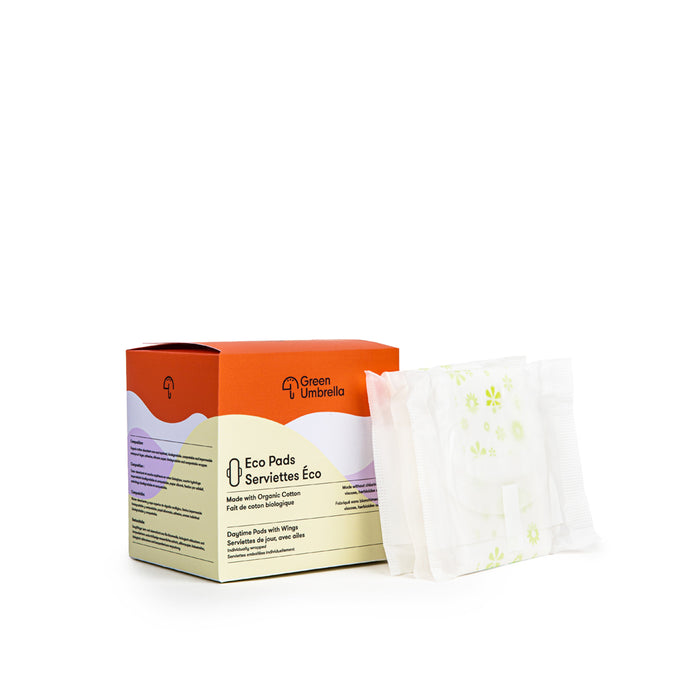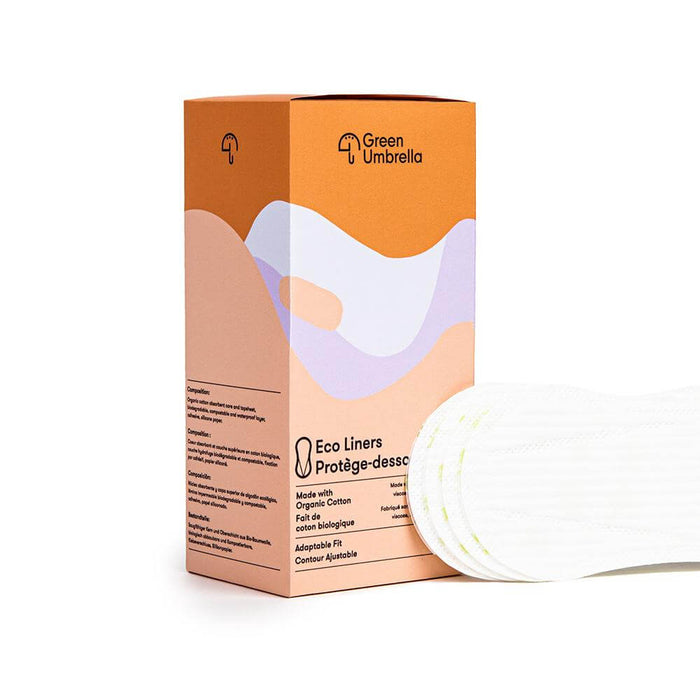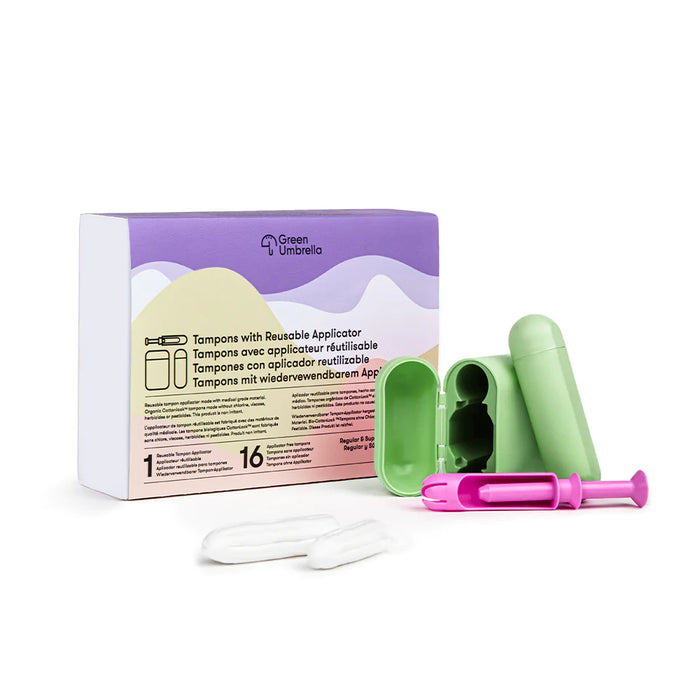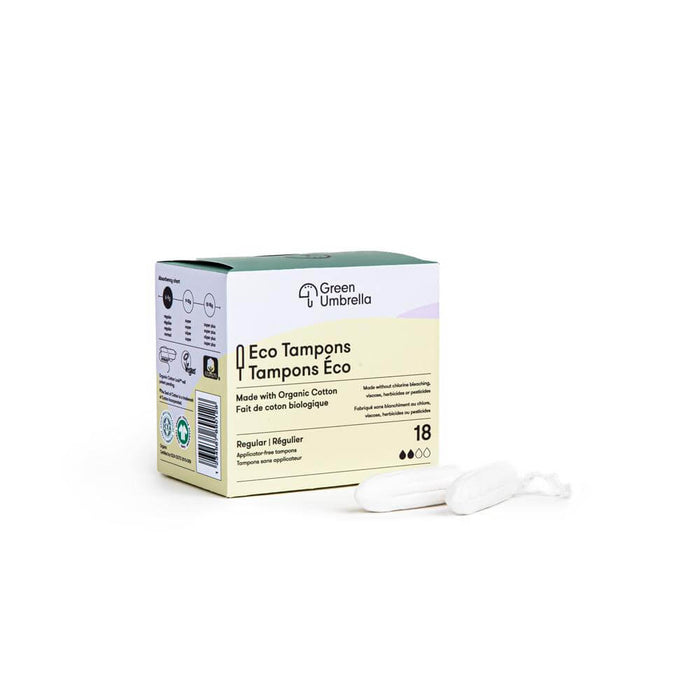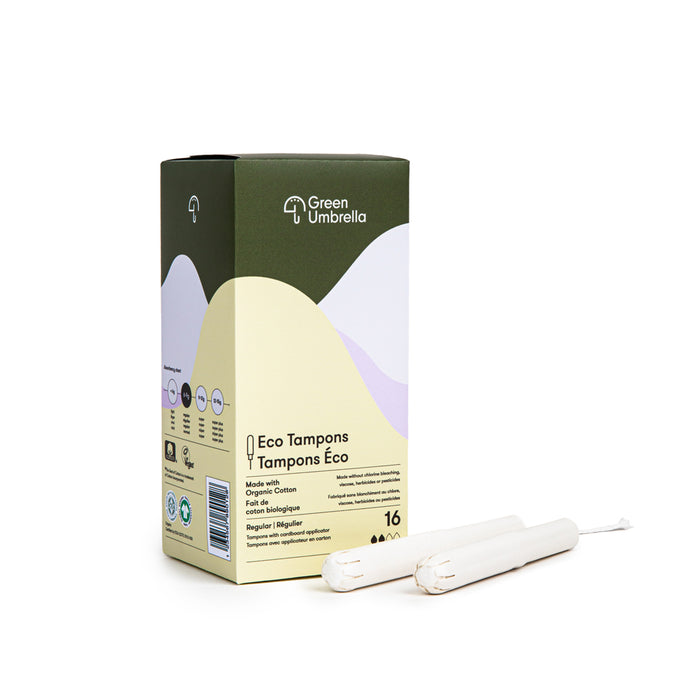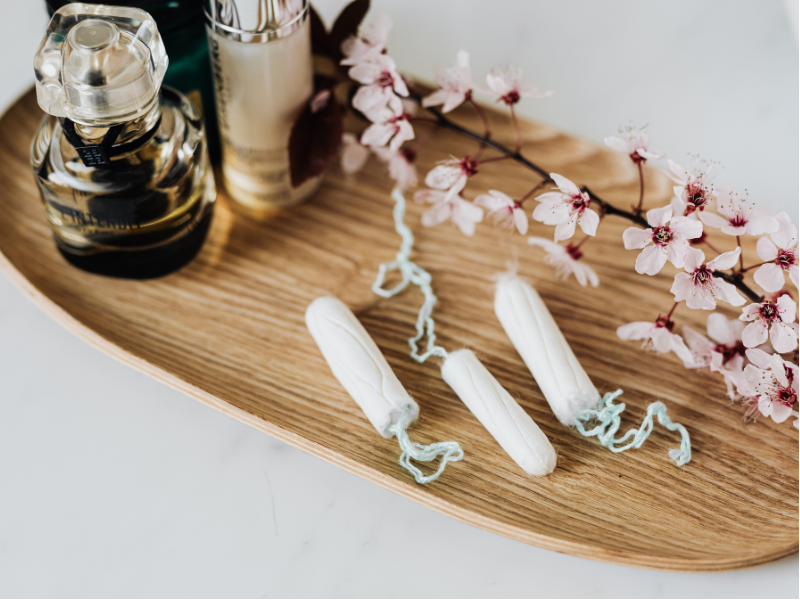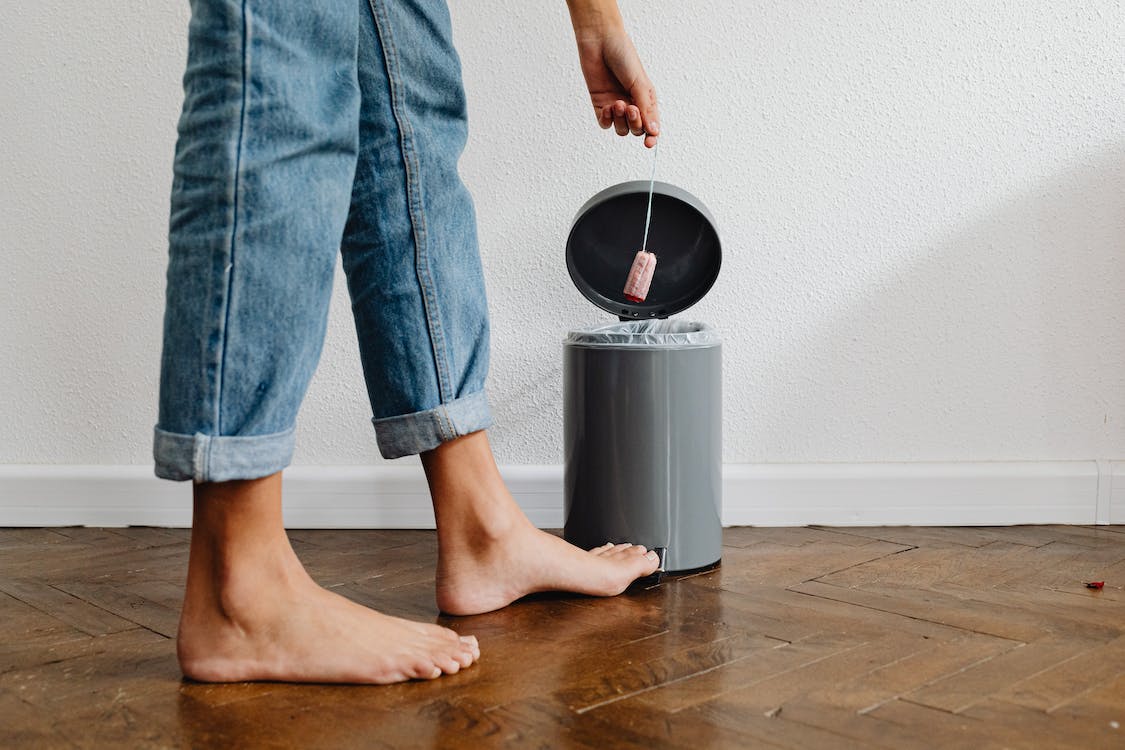The Environmental Impacts of Flushing Sanitary Products
So, you’ve flushed a tampon or two. What’s the big deal? According to Anglian Water, almost fifty percent of sanitary product users admit to flushing their used products instead of tossing them. It is estimated that 700,000 panty liners, 2.5 million tampons, and 1.4 million pads are flushed every day in the UK alone.
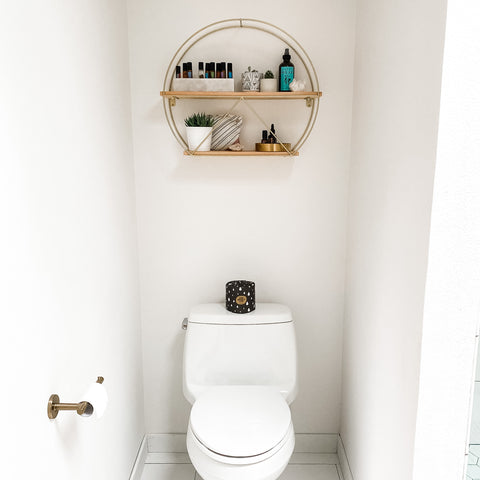
Unsplash via @urbanoreganics
After a sanitary product is flushed, it causes serious issues for the water supply and local ecosystem. It takes about six months for a tampon to disintegrate, while the average synthetic pad can take five hundred years to break down. Non-organic materials contaminate our waterways, stress our waste management infrastructure, and cause significant damage to life around us.

Kaboom Pics via Karolina Grabowska
Effects on Waterways and Infrastructure
Plastic waste produced through improper disposal of sanitary products negatively effects the environment long after the product is flushed. Upon entering the water supply, tampons and pads stress our waste management treatment facilities. Sanitary products cause blockages in our water system, contribute to chemical pollution and are ultimately removed through costly screening.
Conventional sanitary products never fully disintegrate. They break down into tens of thousands of smaller pieces of plastic, known as microplastic particles. Smaller than 5mm in diameter, these plastics cannot be entirely removed from the water supply. Even if the bulk of the product is removed, microplastic particles accumulate in our waterways, settle into the earth, and ultimately affect the food supply chain.

Unsplash via @naja_bertolt_jensen
Effects on Marine Life and the Ecosystem
Microplastic particles left behind from plastic waste pose as an insidious threat to marine life and the ecosystem. The consumption of plastic is toxic and accounts for the death of hundreds of thousands of birds, turtles, fish, and marine mammals every year.

Unsplash via @brian_yuri
It is increasingly common for parts of sanitary products to be found in the digestive tracts of marine life. According to the Department for Environment, Food & Rural Affairs, 36.5% of fish in English Channel contain microplastic. Even the smallest marine creatures, including algae and zooplankton, are being affected by plastic pollution. Researchers are concerned that the issues associated with plastic consumption are being passed up the food chain without remedy.
Change the Impact of your Cycle
Proper disposal of sanitary products is hugely beneficial for the environment. It’s clear that sanitary products do not belong in our water supply. They wreak havoc on water infrastructure, the ecosystem and it’s diversity. It is best to compost sanitary products if possible, and throw used products containing plastic in the trash.
Choosing environmentally friendly sanitary products is the best way to reduce the impact of your cycle. With proper disposal, organic and biodegradable sanitary products work to protect the environment and all of its inhabitants.


